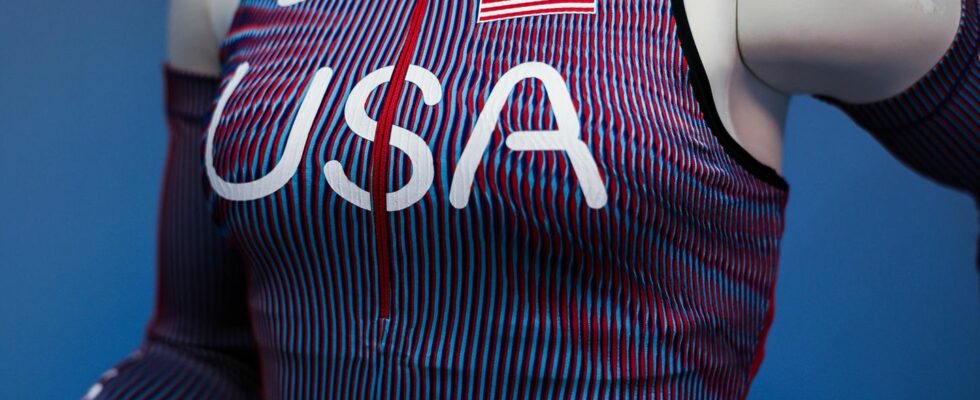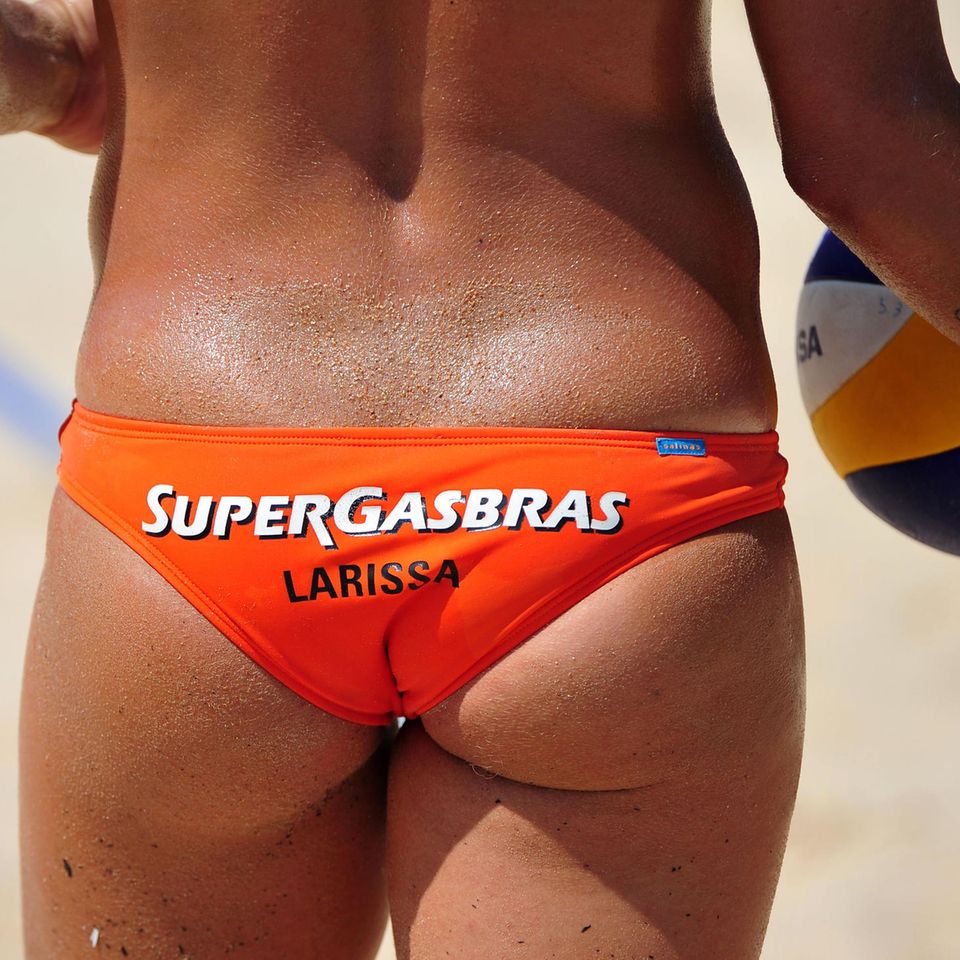Sexism in sports
Criticism of Nike’s Olympic outfits – “My vulva is sticking out”
© Dustin Satloff/Getty Images for the USOPC / Getty Images
The new Olympic bodysuits for the US runners are quite revealing in contrast to the outfits for the men. Nike therefore has to face accusations of sexism. Rightly so, says our author.
“Professional athletes shouldn’t have to worry about their pubic area being visible,” writes one social media user. “So the athletes are viewed more as sex objects instead of as athletes who compete for their country,” another user points out. Another commenter sarcastically notes, “When you run out of fabric after designing the men’s outfit.”
And that’s just a small excerpt. The design of the new bodysuits for the US track and field athletes has been controversial online for some time. They are tight, skin-tight and have an extra high leg cut. The sports brand Nike therefore has to face accusations of sexism – and rightly so.
Sexism in sports? That’s why Nike is on the wrong track
If the same rules applied to everyone, things would look different again. Then maybe you could turn a blind eye. But the fact is that women have always had to struggle with sexist dress codes in professional sports. Whether it’s tight bikini bottoms for beach volleyball or short skirts for tennis. This inequality is now also reflected in Nike’s designs. Because while women are supposed to run lightly dressed, men are not expected to do so. The counterpart for her consists of shorts that reach mid-thigh and a matching tank top.
Nike justifies the design. The high leg cutout allows the athletes to achieve top performance. In addition, the bodysuit is only one of almost 50 different options. John Hoke, designer and chief innovation officer at Nike, explained “New York Times”that the two jerseys presented represent just two of the many styles available that athletes can wear at the Olympic Games. So there would be no reason to be upset because everyone in Paris could decide for themselves whether to wear the suit or another part of the collection.
Bundling patriarchal forces in one outfit
However, the critics cannot be satisfied so easily. Given that sexism has long been a problem in professional sports, it would be refreshing in 2024 not to even think of presenting such an outfit. The American runner also admits this Lauren Fleshman to consider. She criticizes the fact that the decision to advertise particularly revealing outfits is problematic. There are several reasons for this: Firstly, the design was created by a man for a woman – without paying attention to her needs. For example, where does the female runner have a say in deciding on comfort and fit?
On the other hand Sexist dress codes degrade women’s sports, by implying that the sport is only exciting when the athletes compete against each other in sexy outfits. Fleshman also agrees. In her Instagram post, she describes the skimpy Nike outfit as “a costume born out of patriarchal forces that are neither desired nor necessary to make women’s sports more popular.”
Every year again
The discourse is tiring for women because it is far from the first time something like this has happened. Just last year, the all-white rule for the famous Wimbledon tennis tournament was changed, requiring women to wear white underwear alongside white outfits. Only after tennis professional Alicia Barnett noted that this rule was quite onerous during periods was the All White rule relaxed. In addition, the Norwegian national beach volleyball team protested against the dress code at the European Championships in 2021. The women refused to compete in skimpy bikini bottoms and instead came in shorts. These are just two incidents from recent years that could have been on the radar.
Maybe it would be an idea to include women and think directly about what has been achieved through previous protests. Then we wouldn’t have to start from scratch every time. I really wonder how many more times this has to happen to us. And then come to the conclusion that the people making the decisions are probably men who have little (or no) concern with female reality and think “Yes, that’s a good idea – that’s what we’ll do!” A little tip: Next time, just ask one woman about it, maybe even several.
Sources used: instagram.com, zdf.de, nytimes.com, tagesspiegel.de, watson.ch


